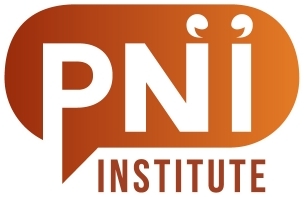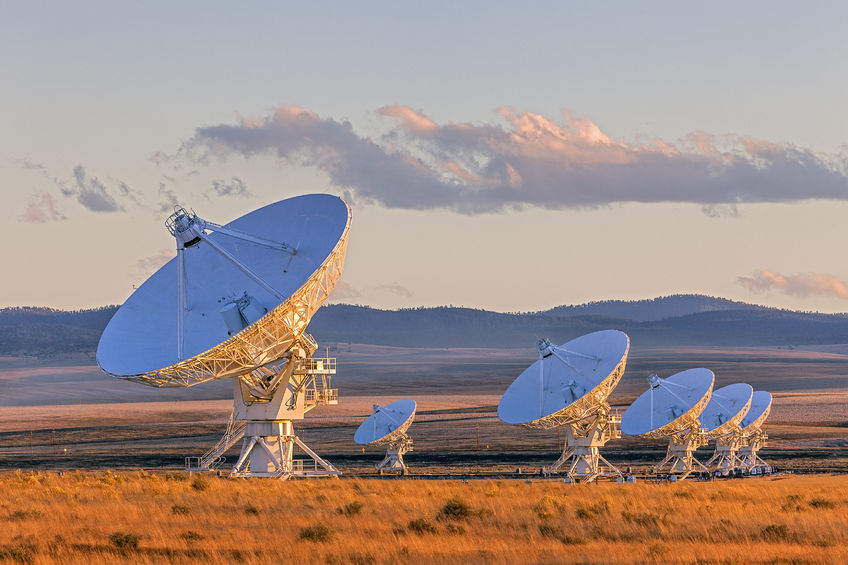Our PNI Institute call on June 13, 2018 was the second in our “uses of PNI” series. We talked about the use of PNI to catch emerging trends, or for weak signal detection.
We started by talking about how the term “weak signal detection” is not one we’d rather use, because it tends to create a mindset of algorithms rather than conversations. We decided that we like the term “weak signal selection” better.
Then we fell into listing ways a signal can be weak. We thought of five ways that have to do with the observer of the signal:
- Ignorance – We don’t know what to look for. (Example: the detective knows more about wear patterns on boots than anyone else.)
- Blindness – We don’t look past what we assume to be true. (No example needed!)
- Disinterest – We don’t care enough about what we’re seeing to look further. (Example: parents understand their toddlers, nobody else does.)
- Habituation – We stopped looking a long time ago because nothing ever seems to change. (Example: A sign changes on a road, nobody notices it for weeks.)
- Unwillingness – It’s too much effort to look, so we don’t. (Example: The “looking for your keys under the street light” story is one of these.)
And we listed five ways a signal can be weak that have to do with the system in which the observer is embedded:
- Rare – It just doesn’t happen often.
- Novel – It’s so new that nobody has noticed it yet.
- Overshadowed – It does happen, but something else happens so much more that we notice that instead.
- Taboo – Nobody talks about it.
- Powerless – Sometimes a signal is literally weak, as in, those who are trying to transmit it have no power.
We talked about how weak signals come to the surface in PNI projects. We talked about how it’s not possible (or necessary or useful) to choose one phase of a project in which weak signals are “detected,” but that they can surface at any point in a project, from planning to return.
We talked about how it might be useful to see weak signals as opportunities to release pent-up energy for positive change (rather than as problems to be solved).
We talked about how, during the planning stage of a PNI project, it might be useful to talk about these types of weak signal, to choose which are highest in priority for the project, so we can design it to fit our needs — because a project designed to gently surface taboos will be quite different from a project designed to surface patterns everyone has learned to ignore because they never change.
(By the way, the book mentioned in the call is Managing the Unexpected by Weick and Sutcliffe.)
Tune in to listen to the call.

